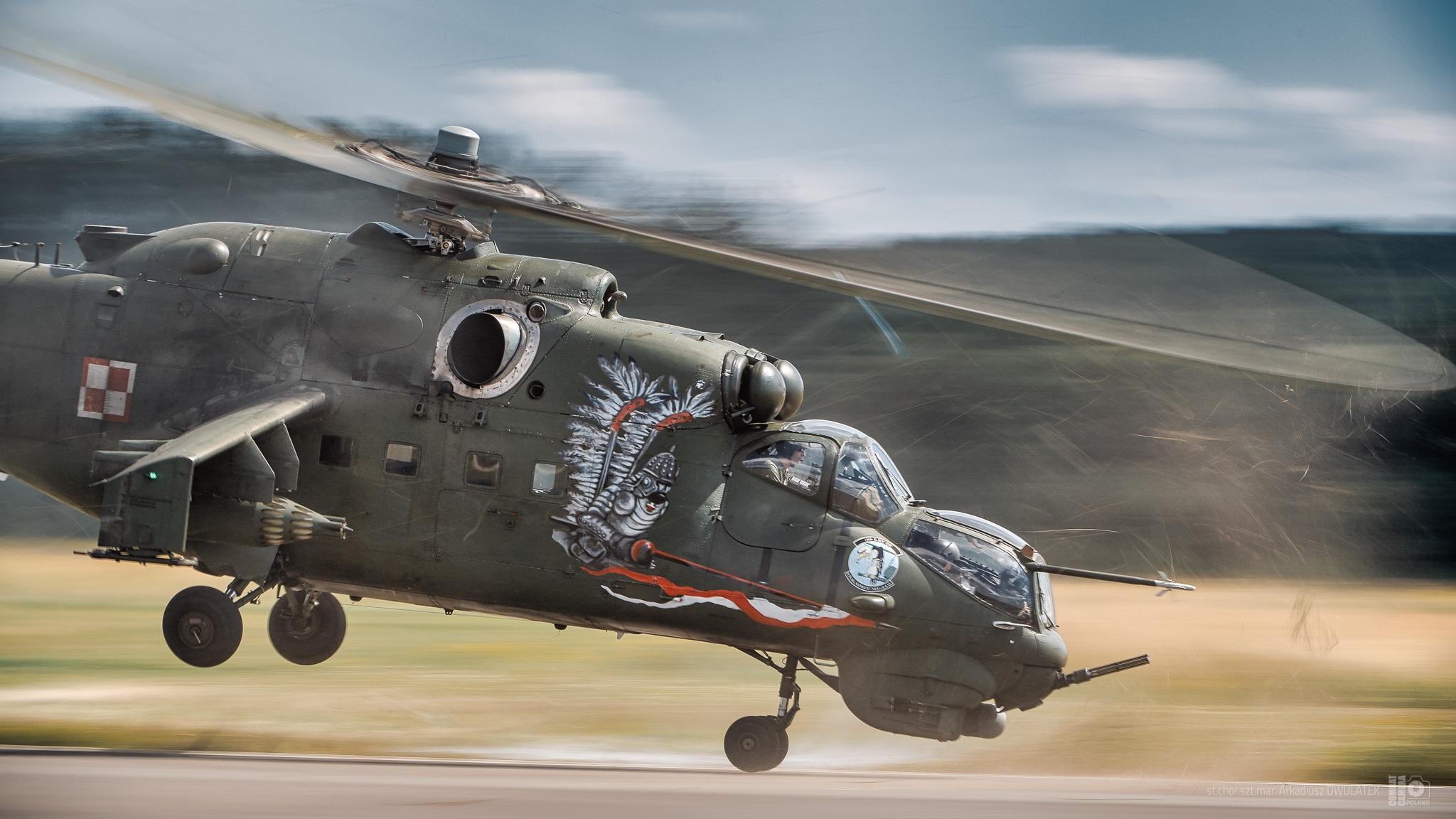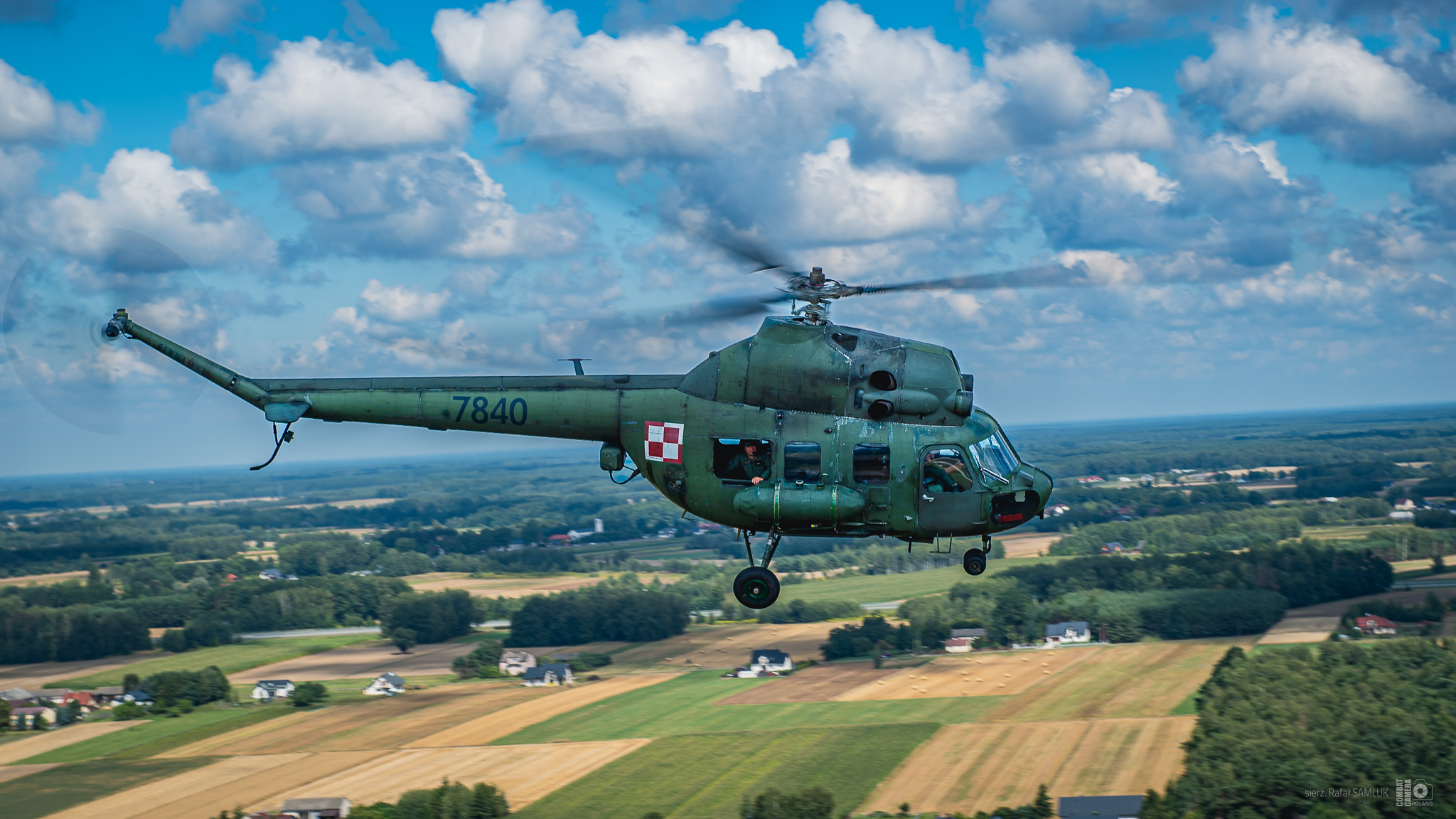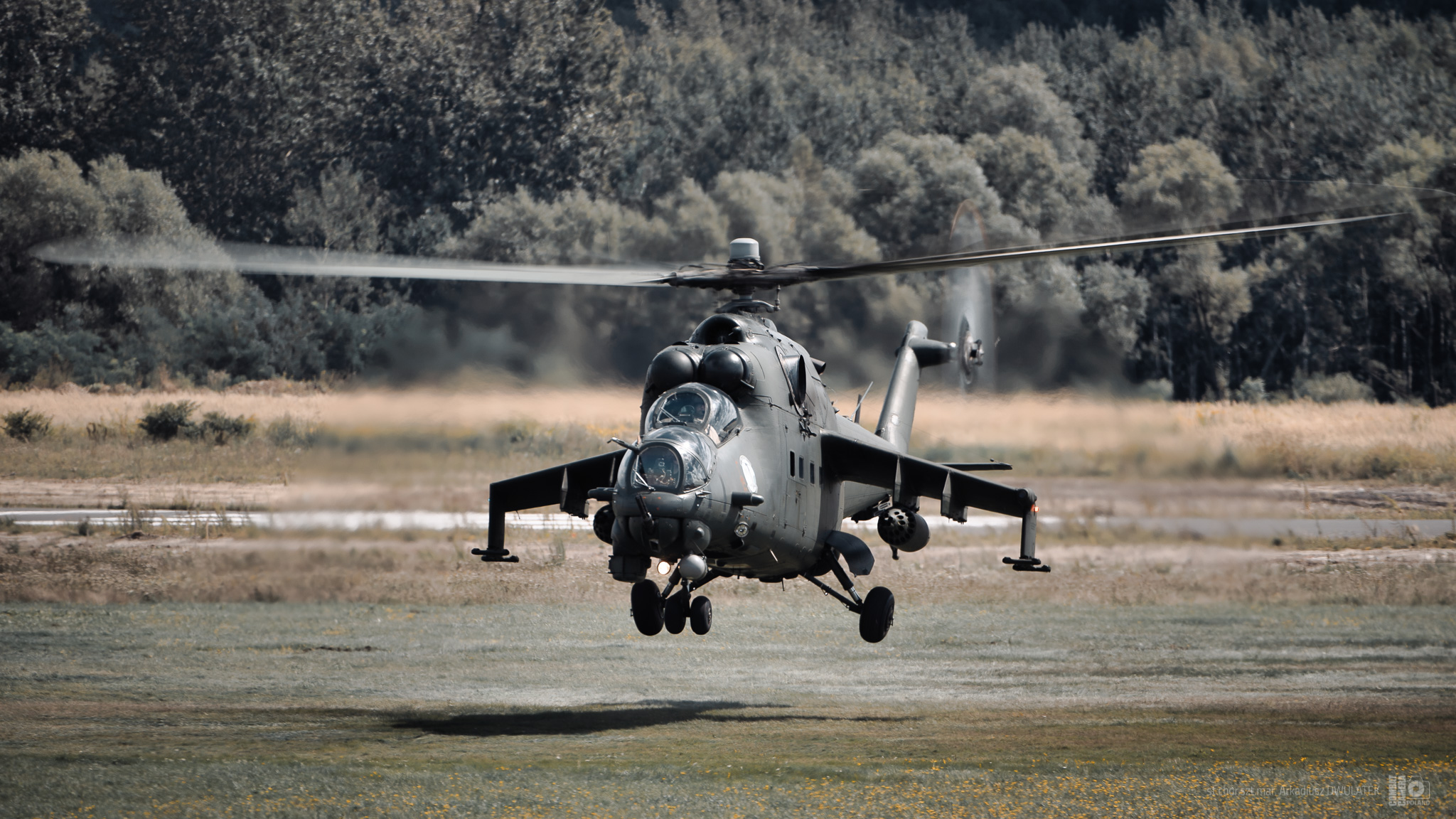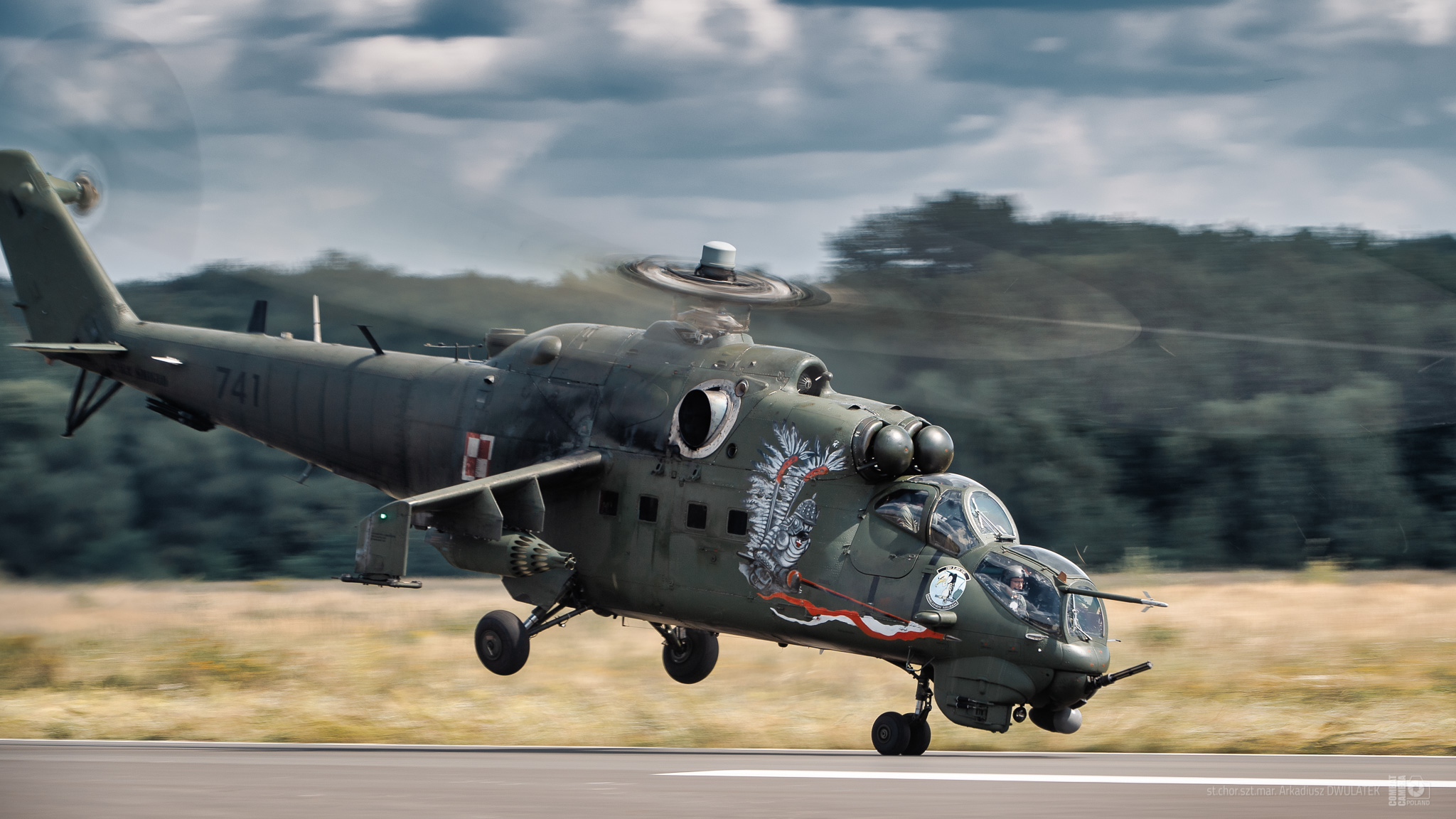
In the coming years, Poland’s military aviation will undergo significant changes. Aircraft that for decades formed the backbone of army and naval operations are gradually being retired. They are to be replaced by modern designs, though this transition will also bring temporary limitations in operational capabilities.
Retirement of the Mi-14 and Mi-21
In 2025, Poland retired its Mi-14PŁ helicopters, dedicated to anti-submarine warfare. The search-and-rescue version of this model will remain in service until May 2026. That same year, the Navy’s SH-2G Seasprite helicopters, along with the widely used Mi-2—employed for training and liaison missions—are scheduled to be withdrawn.
The year 2027 will mark the end of service for the Mi-24 attack helicopters, which have supported ground forces in combat operations since the 1980s.

Photo: Sgt. Rafał Samluk, Combat Camera Poland
A Generational Shift
These decisions mark the end of an era for aircraft that have long symbolized Poland’s military aviation. The retirement of the Mi-14PŁ and SH-2G will deprive the Navy of essential anti-submarine warfare assets, while the withdrawal of the Mi-2 and Mi-24 will reduce both training and combat capabilities for the land forces.

Photo: Warrant Officer Class 1 Arkadiusz Dwulatek, Combat Camera Poland
New Designs on the Horizon
After 2027, the fleet will be centered around W-3 Sokół, Anakonda, and Głuszec helicopters, alongside Mi-8/Mi-17 transport helicopters and SW-4 Puszczyk trainers. Modernization also relies on new procurement: in the coming years, the Polish Armed Forces are set to receive 32 AW149 helicopters. Plans also call for the acquisition of 96 AH-64E Apache attack helicopters, which will eventually replace the Mi-24.
In parallel, the “Kondor” programme is under consideration, aiming to introduce new shipborne helicopters for the Navy.

Photo: Warrant Officer Class 1 Arkadiusz Dwulatek, Combat Camera Poland
Challenges and Outlook
This transformation comes with high costs and the need to build adequate technical and training infrastructure. In the near term, Poland will operate with a reduced number of helicopters, which may affect equipment availability and the pace of training.
Despite these challenges, modernization remains unavoidable. The retirement of the Mi-2, Mi-14, and Mi-24 closes an important chapter in the history of Polish military aviation. Its future now depends on the effective implementation of new procurement programmes and the financial resources allocated to them.
Photo: Warrant Officer Class 1 Arkadiusz Dwulatek, Combat Camera Poland
This article was prepared as part of the public task commissioned under the Government Programme for the Development of Civic Organizations 2018–2030: “Safe Poland of Tomorrow – strengthening the mission-driven activities of the Alioth Foundation.”

